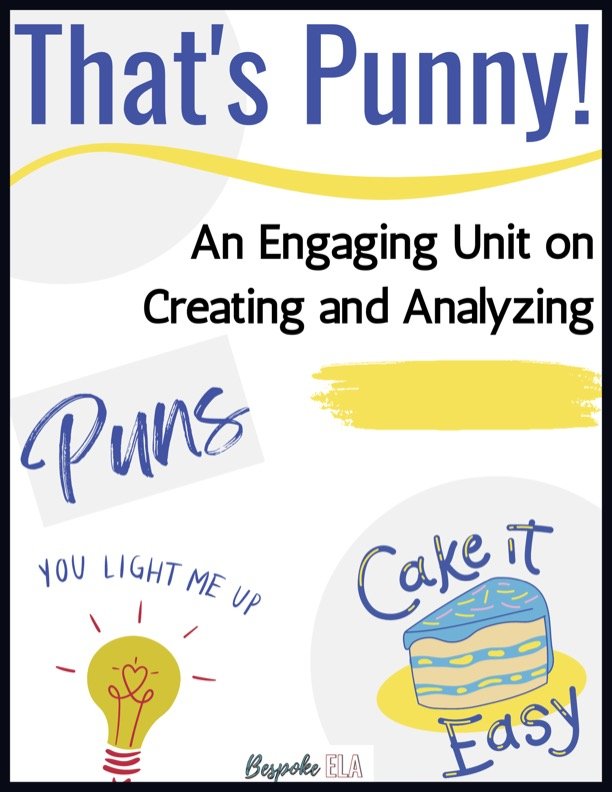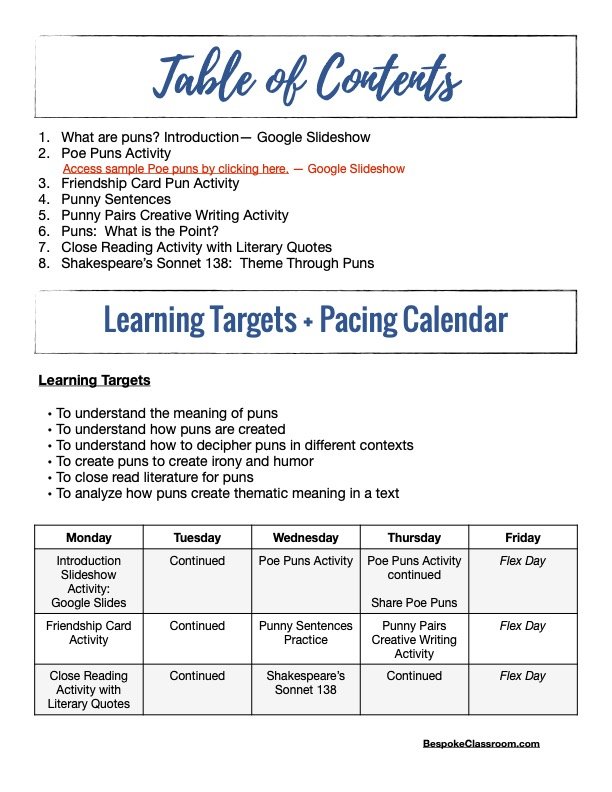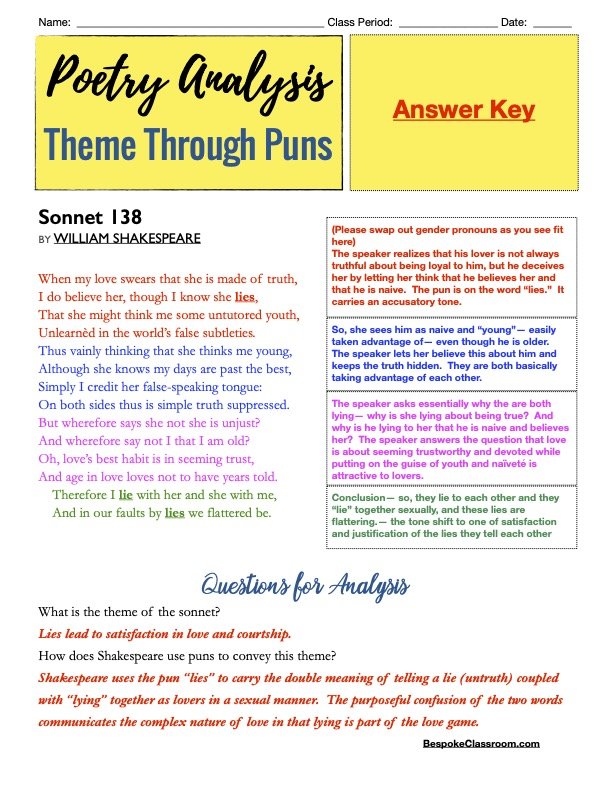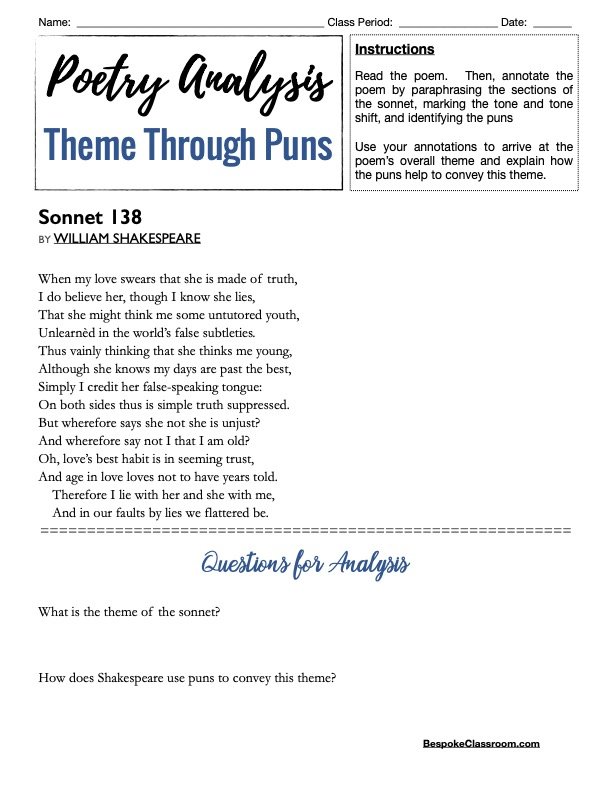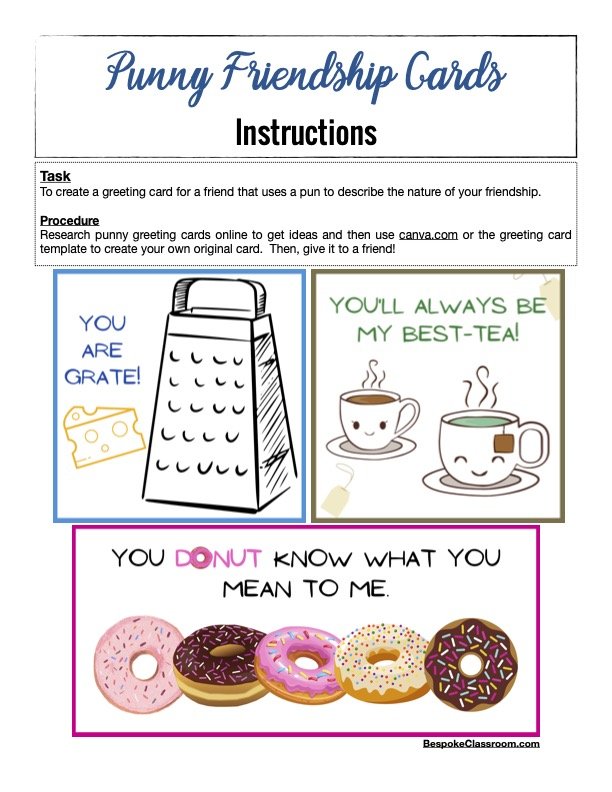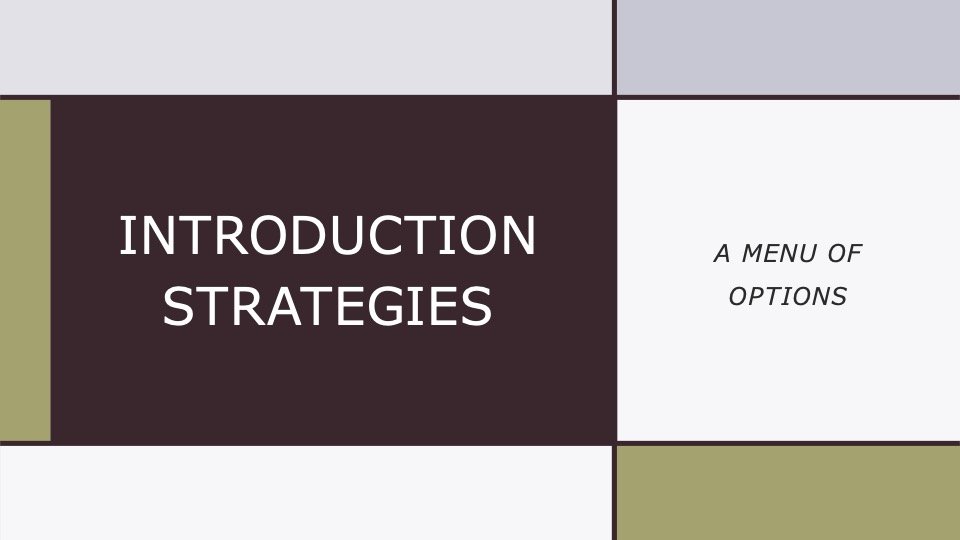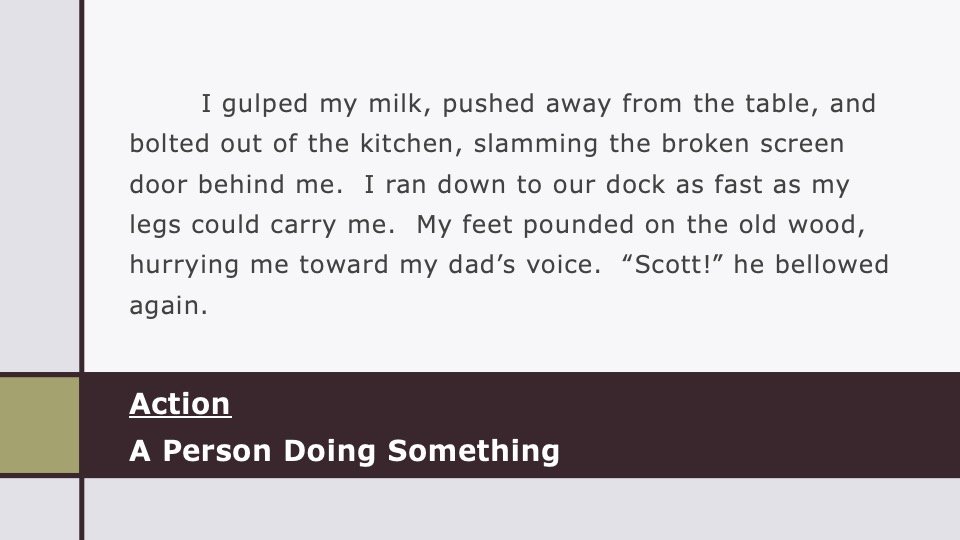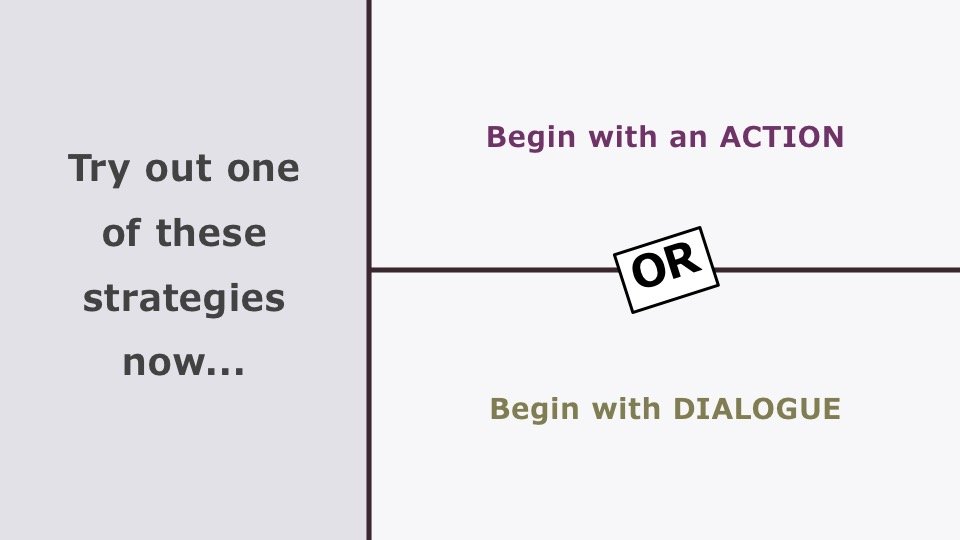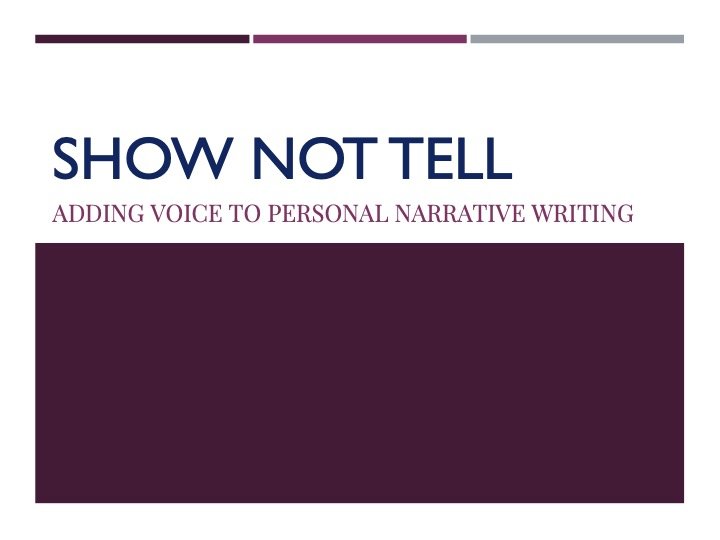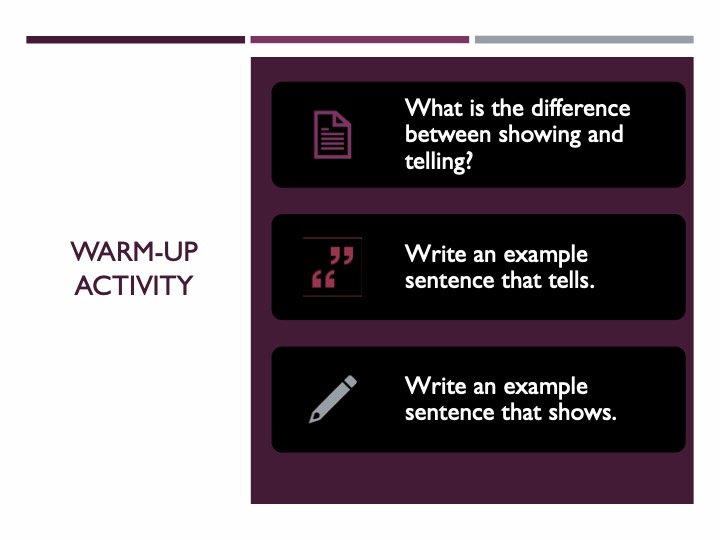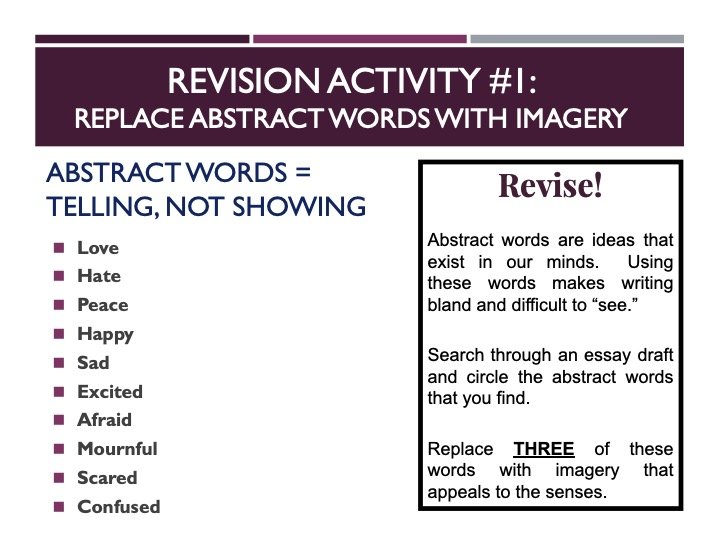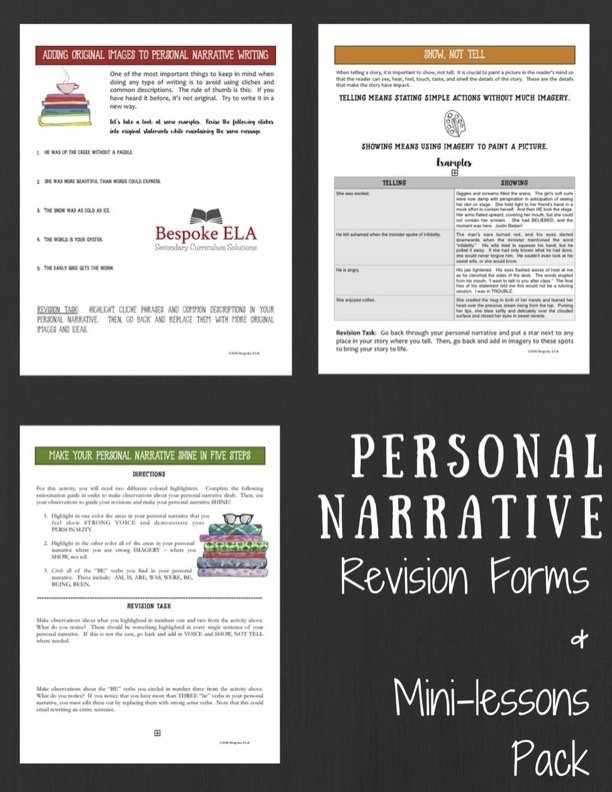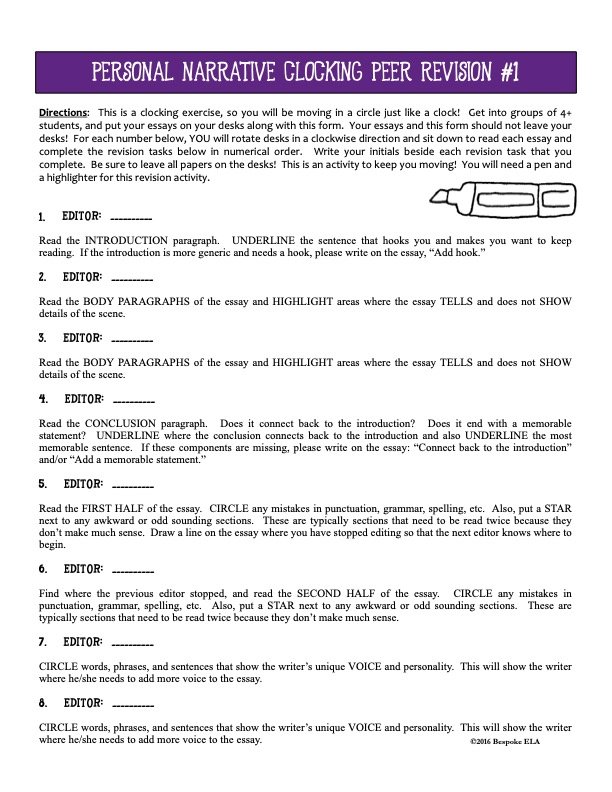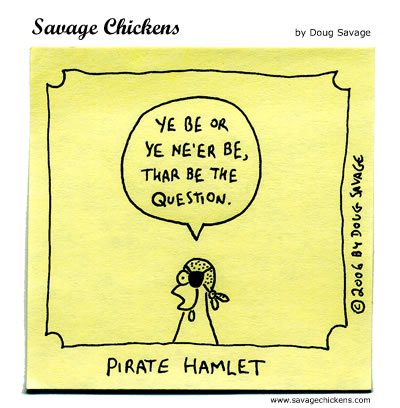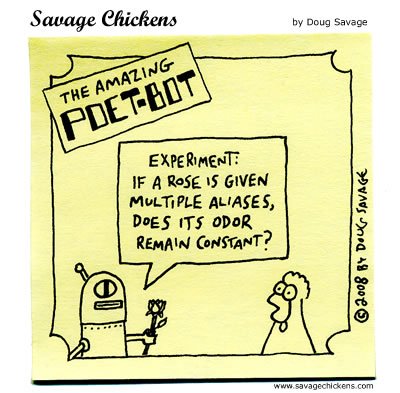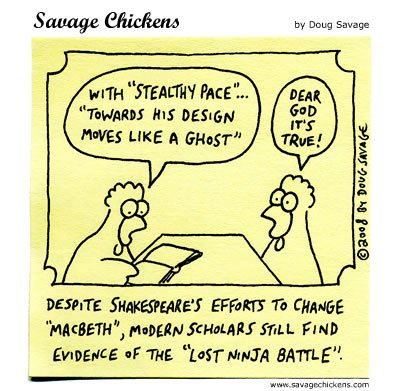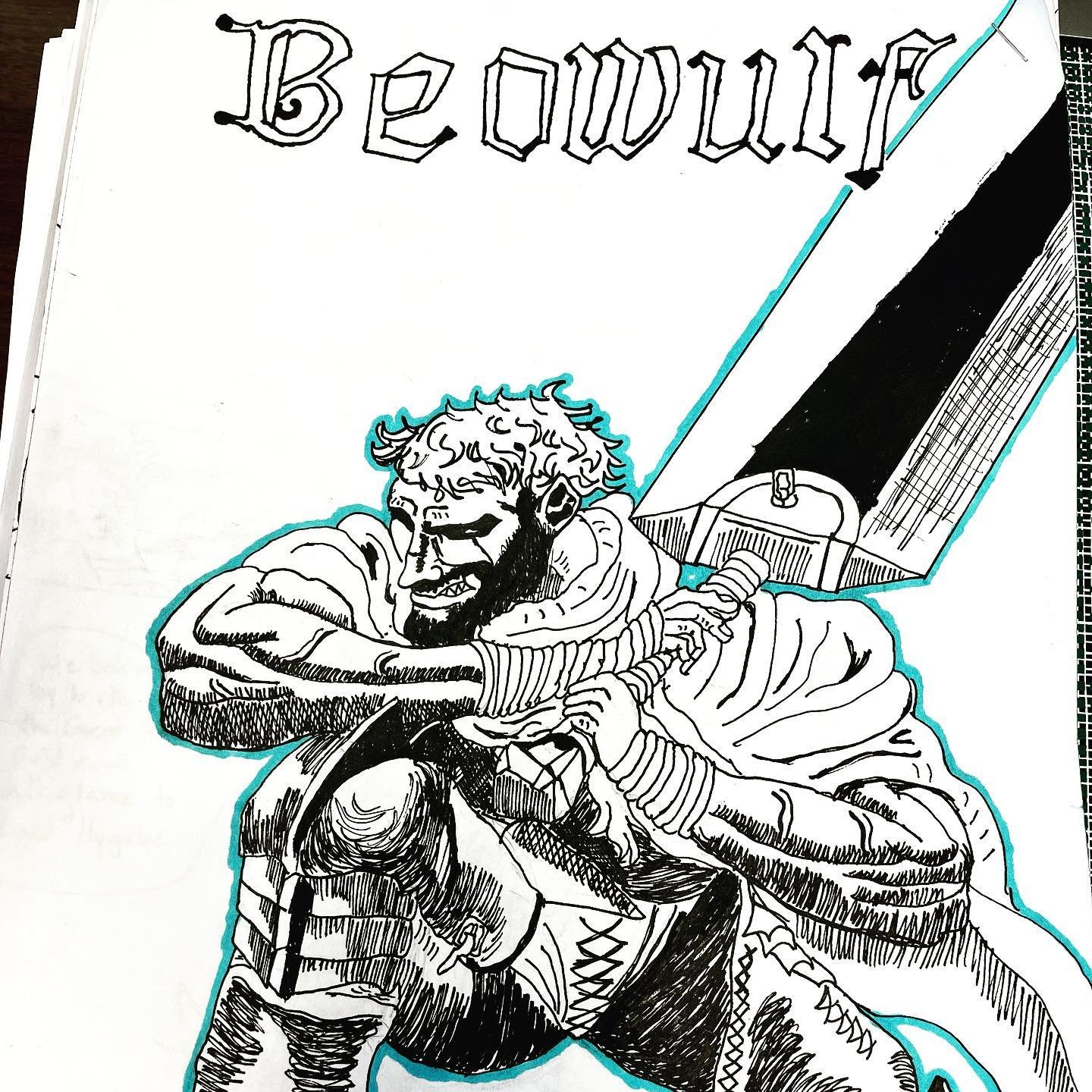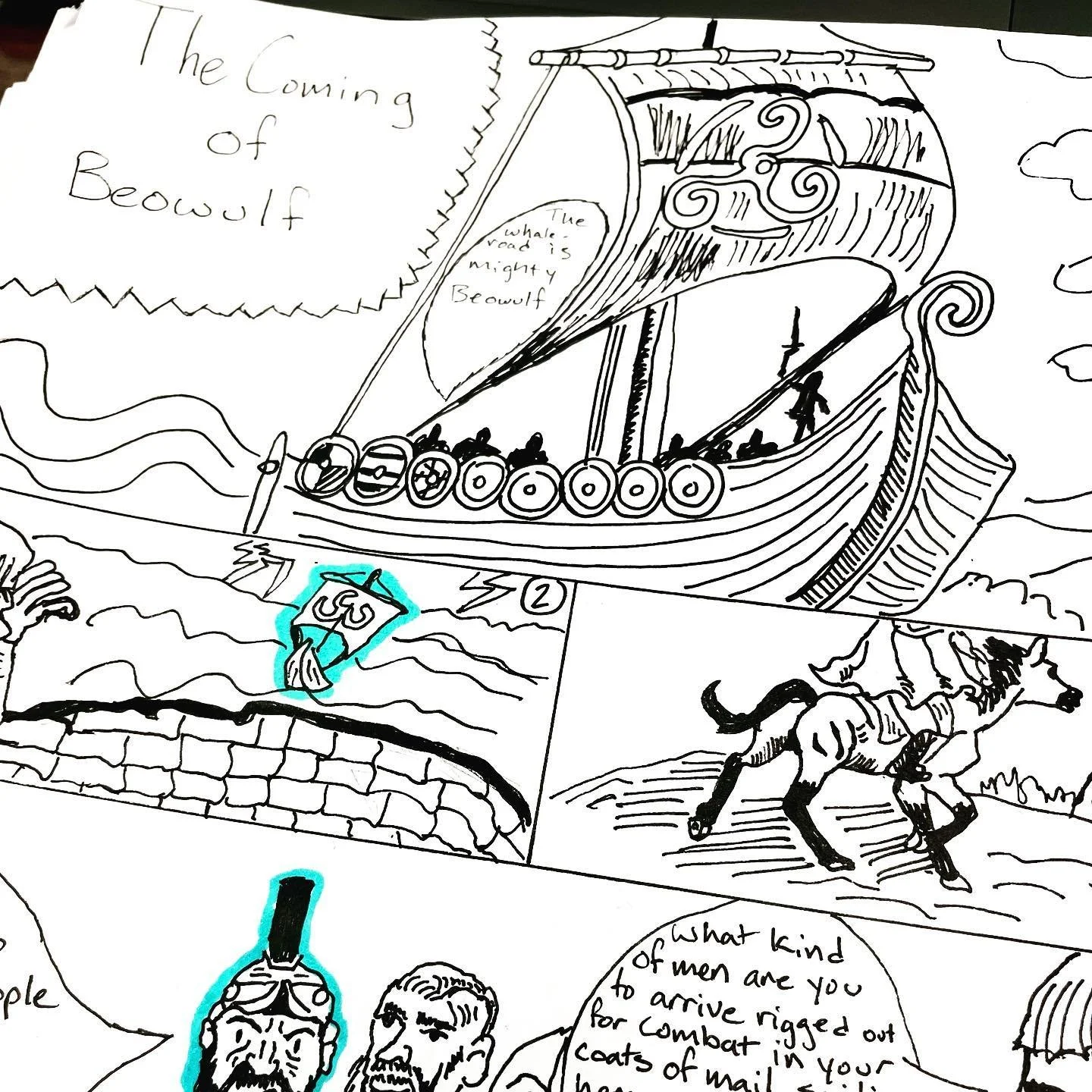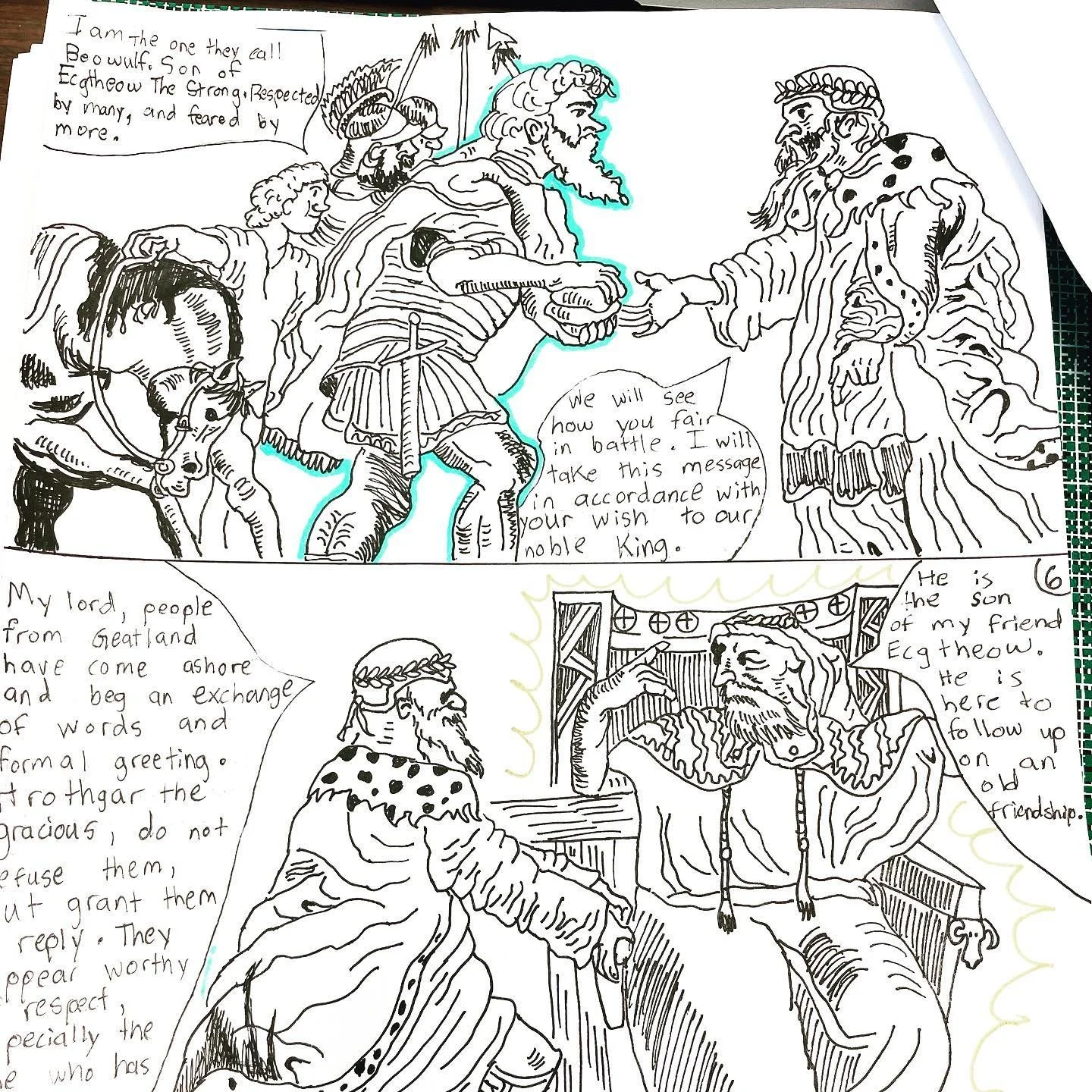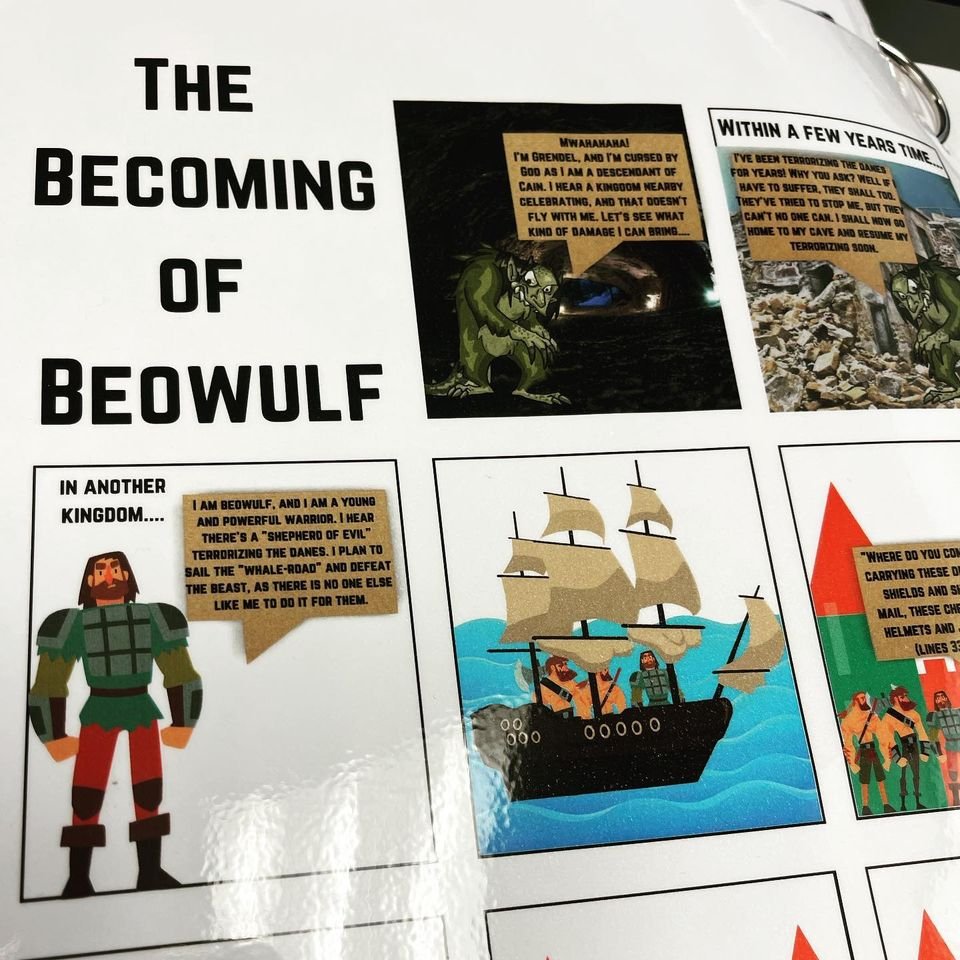Let’s face it, most great works of literature are heavy, and those are the ones we typically teach. Why is that? Probably because the moments of great pain and agony in life are the ones that have the most profound impact us. Ergo, we teach Hamlet or Macbeth over The Comedy of Errors. Or, we teach heart-wrenching memoirs such as A Long Walk to Water over Bossypants. I find that my students sometimes ask me why all great literature is so dark and why we have to talk about death, violence, tragedy, and depression so often when there’s so much of that in the world already.
And I agree with them. In the modern mood of doom and gloom sensational news, it’s difficult to come to school and continue to explore these themes in literature. So, why not lighten the mood a bit? Why not balance out Hamlet’s demise with the marriage of Elizabeth Bennett and Mr. Darcy? I think there are ways we can strike a balance between the great works in the Canon and other works or genres that can infuse some humor and lightheartedness into the curriculum.
Here are five ways to do just that!
Satire
Satire is my jam. I teach an entire satire unit in my World Literature course, and it is one of their favorite units of study because they get to laugh. And it’s my favorite unit because I love all things cheesy. It’s important to note that there is such a genre as dark satire—here’s looking at you, dystopia, but there’s also a lighter side to satire that can make us laugh. Here is a list of texts that I love to include in my satire unit to lighten the emotional load:
Articles from The Onion (I like to begin with these because they are shorter and more accessible.)
Don Quixote (excerpts)—although the ending can bring tears to the eyes
Jonathan Swift’s “The Lady’s Dressing Room” (warning—uses the word “sh*ts”)
Jonathan Swift’s “A Modest Proposal” (trigger warning— it recommends, satirically and ironically, that we should eat babies)
Lord Byron’s “Don Juan” (excerpts)
The Canterbury Tales (excerpts)
“Maddened by Mystery or The Defective Detective” by Stephen Leacock
“Machiavelli in Kindergarten” by Peter Schooff (which you can pair with excerpts from Machiavelli’s The Prince— also thought to be satire)
Dante’s Inferno (excerpts)
Fun with Puns
I adore a good pun. The cheesier, the better. I love punny coffee mugs, hand towels, stickers, memes—anything and everything! The thing about making puns is that they truly do require the ability to be witty and that is always a mark of intelligence in my book… and they can be challenging to create. I think of humor as one of those higher-order thinking skills, so I have my students work with puns in order to challenge their ability to think beyond analysis to a type of synthesis that requires complex understanding of various words and concepts.
Here are some of my favorite pun activities to do with students:
Punny friendship cards
Word play and pun analysis in Shakespeare’s works
Punny jokes
I’ve put together a mini-unit on puns that includes some of these activities if you’d like to use something already created and ready to go :). Check out the Bespoke ELA unit: “Fun with Puns: An Engaging Unit with Creative Writing, Close Reading, + Analysis.”
Personal Narratives
The personal narrative essay is an assignment that students tend to enjoy. It’s also an essay that crosses over into college essay writing territory (depending upon the college essay prompt). But, the fact of the matter is that our brains tend to hold onto the sad memories more so than the happy memories in life—especially when given a prompt that involves writing about overcoming an obstacle. Thus, even the personal narrative essay can be a heavy writing assignment for students. However, there is a way to refocus these personal stories onto the lighter side of life—thank you to writers such as David Sedaris and Dave Barry. If you don’t know their work, they are both humorist writers who retell stories from their lives that take us to the embarrassingly endearing funny moments of life.
Click here to check out funny stories from Dave Barry’s column in The Miami Herald. While you’re over there, please check out Barry’s funny stories “The Board” and “Alaska: Land of the Frozen Earwax.”
One of my favorite David Sedaris essays that I like to share with my students is called “Big Boy.” In this personal narrative essay, Sedaris retells the horrifying situation that we have probably all experienced (at least in some derivation)—a toilet fail at another person’s house—that one floating turd that just won’t flush. As Sedaris writes, “There, in the toilet, was the absolute biggest piece of work I have ever seen.” And no matter what else happens, that home owner will know that you did a number two in their toilet—and probably think that you have ZERO manners because you did NOT flush. Click here to read this hilarious personal narrative. I can’t imagine anything more embarrassing than that. Oh wait—yes, I can.
There’s the time in my own personal life when I went on a school field trip to the zoo, and they were doing some renovations to the lion habitat. So, they had the lions in cages, which enabled us to get fairly close to them. As we stood there watching the lions, the male lion decided to “mark” his territory, which meant that he pressed his bottom up against the cage and sprayed his urine OUT at us students. Now, I have pretty much ZERO hand-eye coordination, so while all of my classmates ducked down, I did NOT. So, commence my first and last lion urine shower.
The point in telling you these stories is that we all have embarrassing moments. To take the personal narrative to the lighter side of life, opt to have students write about an embarrassing moment such as the floating turd or the lion urine shower—or another memorable time of hilarity. I guarantee that students will have a blast laughing at each other’s stories.
Another great place to find some humorous stories is The Moth, which is a platform for people to tell stories from their lives. Some of these can be seriously emotional and moving— and others are outright hilarious— such as this one called “A Dish Best Served Cold” by Tristan Jimerson.
If you’re looking for a personal narrative unit to use with your students, click here to check out “The Ultimate Personal Narrative Unit: A GROWING Bundle for Grades 6-12.” I am always adding to this unit because it’s such a fabulous type of writing for students. I love how I can motivate students through stories from their lives while simultaneously targeting essential writing skills. It’s a win-win writing unit for every grade.
Absurdism
This is one of my favorite philosophies and satirical movements. According to New World Encyclopedia, absurdism is a “philosophical perspective which holds that the efforts of humanity to find meaning or rational explanation in the universe ultimately fail (and, hence, are absurd) because no such meaning exists, at least to human beings. The word absurd in this context does not mean ‘logically impossible,’ but rather ‘humanly impossible.’ Absurdism implies a tragic tone and feelings of frustration that arise out of the contradiction between the human quest for the meaning of life and its inaccessibility.”
Life can be so absolutely absurd that all we can do is chuckle at its ridiculousness. There are so many awesome texts that are completely absurd. Certainly, absurd texts tend to reflect on the darker and more cruel aspects of randomness (here’s looking at you, Kafka), but there are plenty of texts that will keep us laughing and taking a more lighthearted look at life.
Check out these absurdist texts to use with your students.
Candide by Voltaire (excerpts)— trigger warning with rape and violence (although occurs satirically)
Comics and Comic Books
Comics and comic books go right along with satire and can be used as engaging assessments of student comprehension and analysis of any text. One of my favorite comic strips is Savage Chickens. I love it so much that I even blogged about using these post-it note sized comics here: “Satire Through Subtlety-- Using the Comics of Savage Chickens to Teach Satire in High School English.”
A basic idea using Savage Chickens by Doug Savage is to have students create their own literature-inspired Savage Chickens comic. Here are a few ideas from Doug Savage that spoof Shakespeare:
In order to satirize a text, students can focus on key themes, conflicts, and characters to poke fun at the text. Another idea that I’ve had fun with in the past is to have students create comic book versions of famous texts. Here is a Beowulf comic book project that I had my students create. Essentially, students made a comic book of the most famous scenes from the epic poem with the goal of using modern-day slang, references, humor, and hashtags to satirize the original story.
Another fun twist on this concept is to have students zombify a text and create a comic book of the new zombie-fide storyline. Check out the post “Zombie-Inspired Assignments for Secondary ELA... Because Zombies are COOL” for more ideas on using zombie literature in your classes.
But the basic concept of this comic book assignment is to add a zombie apocalypse backdrop to the main story… think in terms of Pride and Prejudice and Zombies. Students can add “and Zombies” to the title of the text and then determine how zombies alter the story.
Macbeth and Zombies
The Odyssey and Zombies
The Great Gatsby and Zombies
Hilarity will ensue, and students will be excited to showcase their creativity.
I hope these ideas help you to infuse some laughter and lightheartedness into your curriculum. Please leave a comment to share more ideas!
You might also like…
PowerPoint Party: A Fun Persuasion Game
The "Leads to" Thematic Claim Concept
Using an Exit Ticket Journal to Check Understanding
About the Author
Meredith is the founder and creator of TeachWriting.org and Bespoke ELA. She has taught high school English for 14+ years in Dallas, Chicago, and New York City and holds a M.A. in Literature from Northwestern University. She has always had a connection to the written word-- through songwriting, screenplay writing, and essay writing-- and she enjoys the process of teaching students how to express their ideas. Meredith enjoys life with her sweet daughter and Yorkie.



